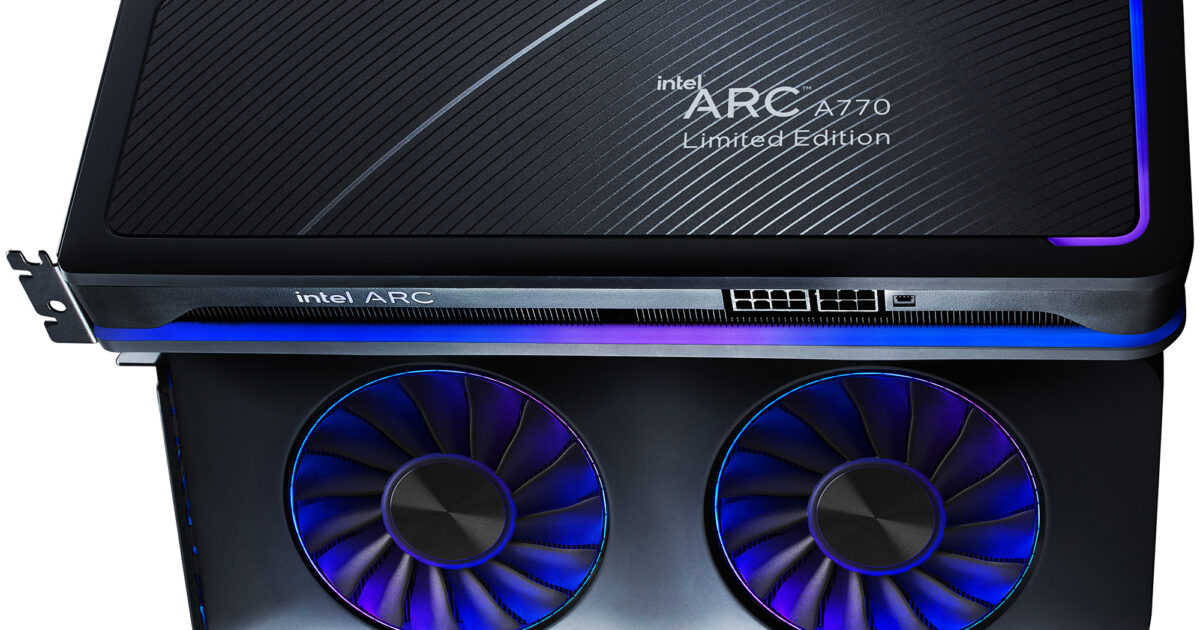Missed this when it came out, Linus talking about Arc:
Please Buy Intel GPU's.
The title is tongue in largely tongue in cheek, but I facepalmed about 4 minutes in, when
Linus attempts to explain why Counterstrike's performance is so abysmal:
"Arc isn't exactly running DX9 games in DX9. Instead, they're running DX9 in a DX12 translation layer. This works because you can turn basically any DX9 command into a string of DX12 commands, which is great for compatibility, but in the process you are adding a
buttload of CPU overhead. So much that any small background task can significantly affect your framerates."
Any evidence to cite this? None in this video at least.
First off, this is a common misconception with how DXVK works - but a misconception that a well established tech channel shouldn't have by now. When DXVK started making the rounds years ago as a solution to get GTA IV running smoothly on Windows - especially on older systems - I routinely saw people comment on how they're amazed a game running under DXVK can work at all, but even perform equal, or
better than DX9/11 in some cases. They just figure that with the 'overhead' of 'emulating' another API that the game wasn't programmed in, this should naturally result in drastically lower performance.
But this isn't like 'emulating' a CPU, the overhead (if you can even call it that) is extremely minimal, and in some cases due to how Vulkan works, can actually present a more efficient path for the rendering engine. This is exactly how GTA IV on my 9400F at the time could actually maintain 60fps while on native DX9, it struggled to stay above 45. Though various games, I have not once experienced a game running in Vulkan present
more cpu overhead - only less on occasion.
This really shouldn't even take this surface level understanding for pete's sake - just the
very existence of the Steam Deck completely invalidates the theory that emulating a higher-level older API on a lower-level newer API is a tremendous CPU burden! How could this quad-core, 12wt device able to run
any Windows game if that was the case? It's not like it's saving this 'buttload' of CPU cycles simply because the SteamOS isn't having to occasionally fire up Onedrive sync in the background or refreshing the Weather app runtime (neither of which happen when benchmarking GPU's regardless). If this overhead existed, then Steam Deck would not have been viable as a concept let alone a shipping product.
I obviously can't speak to the competence of DX9to12 by itself right now, as it's not a simple .dll I can just swap in any game's .exe folder and test myself. But there is no reason to believe this functions vastly differently than DXVK does and there isn't ample room for significant improvement. If you're at least going to make a
claim like 'buttload of CPU overhead', then actually
cite something.
But hey, it's not a video about the 500th way you can cool a CPU so not really in the average PC DIY youtuber's wheelhouse I guess.




